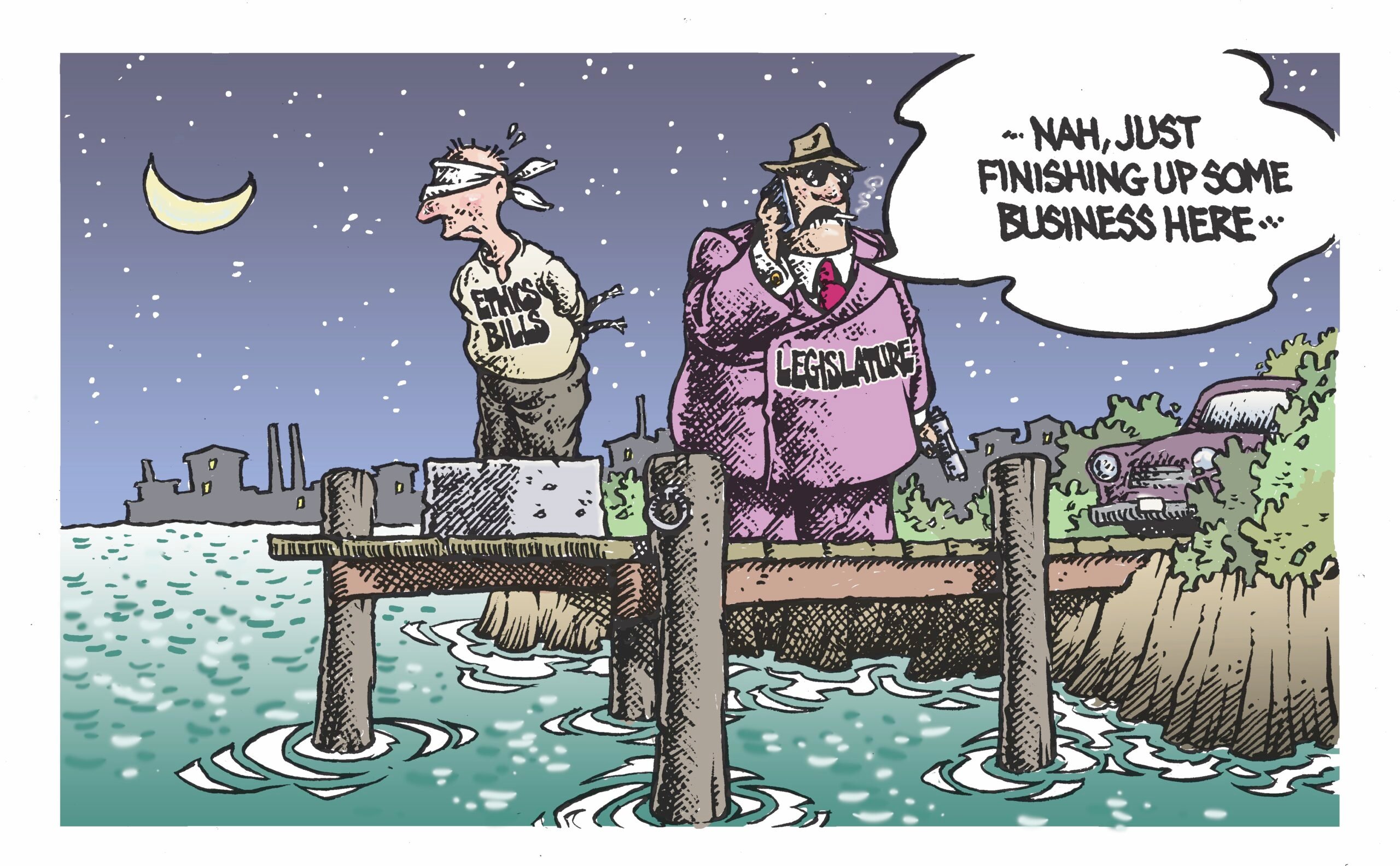Report: Profit-taking During Feb. Blackouts was Kosher

The long-anticipated report on February’s rolling blackouts was released today. And I’ve read every word of it so you don’t have to. Recall that after the blackouts, the Public Utility Commission asked its independent market monitor, Dan Jones of Potomac Economics, to investigate whether any market manipulation had occurred during the power crisis and the huge surge in power prices. The Texas Reliability Entity is charged with looking into violations of rules and protocols meant to protect the integrity of the state’s electric grid. A report is expected in the next several weeks.
In its 26-page report, Potomac makes two key findings, both of which should please proponents of electric deregulation. First, the market monitor did “not find any evidence of market manipulation or market power abuse.” Second, it found that the power markets functioned “efficiently” and that the price spikes were “consistent with the ERCOT energy-only wholesale market design.” In other words, the rolling blackouts were a failure of preparation, not an artificial profit-taking scheme.
Following the blackouts, the fear was that some companies may have taken advantage of the crisis by withholding power and artificially driving up prices. In a terse conclusion, the market monitor says simply that he didn’t find “any evidence that indicates that the outages were the result of physical withholding.” Reinforcing this conclusion, the report says, is that companies that had 90 percent or more of their generation capacity online were the only power producers that were profitable on February 2nd. Those with downed power plants lost money.
Regardless of market manipulation, isn’t it troubling that wholesale power prices surged to levels 30 times 100 times higher than normal for six hours? In a word ‘no’, the report says. Indeed, this is how the market is designed to work. Unlike regulated electric systems or even most deregulated power systems, where some generators are paid to maintain extra power capacity year-round, the ERCOT market is designed so that power prices surge during times of scarcity. Price spikes, in certain cases, are a good thing. The idea is that a run-up in prices will attract new investment and lead to more efficiencies in the system. Clearly, the market monitor believes in this theory wholeheartedly. He’s repeatedly complained in annual reports that there isn’t enough scarcity pricing.
Regardless of whether the magic of the market worked in this instance, the result is higher power prices. Indeed, the report calculates that wholesale prices for the year will be $2/megawatt-hour higher than they would be otherwise. The report doesn’t estimate what that means, if anything, for you and me.
More to come tomorrow…


